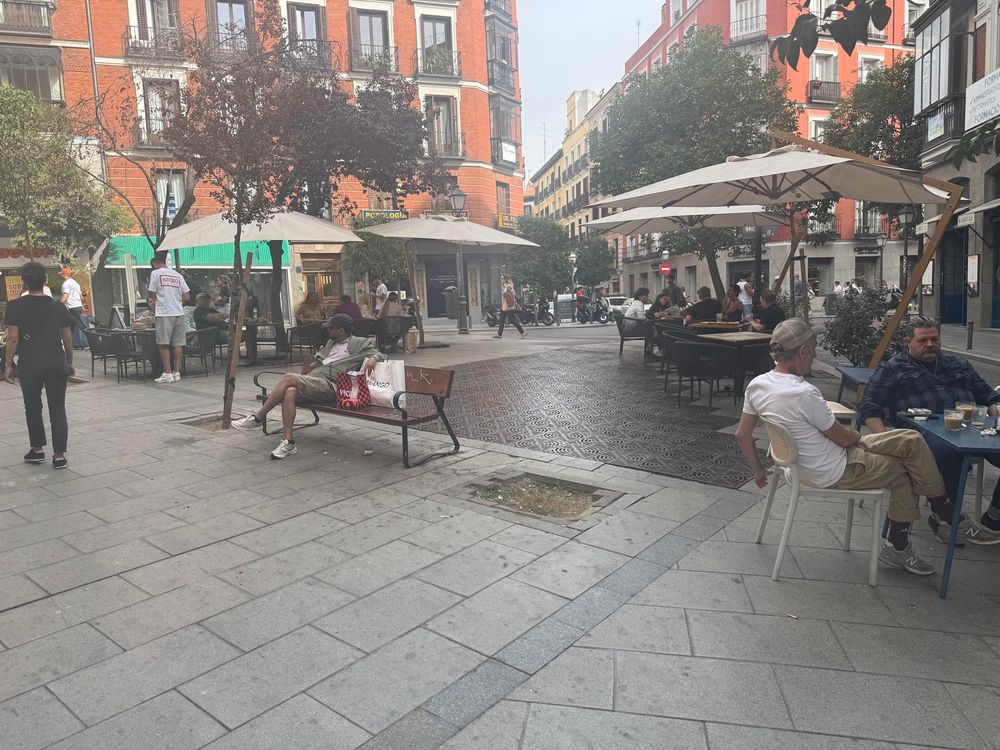Stefan Novakovic
@novakovicto.bsky.social
7.2K followers
690 following
140 posts
Writer + Editor | Architecture + Cities | Senior Editor, Azure Magazine
Posts
Media
Videos
Starter Packs
Reposted by Stefan Novakovic
Reposted by Stefan Novakovic
Reposted by Stefan Novakovic
Reposted by Stefan Novakovic
Reposted by Stefan Novakovic
Reposted by Stefan Novakovic
Reposted by Stefan Novakovic
Reposted by Stefan Novakovic
Reposted by Stefan Novakovic
Reposted by Stefan Novakovic






















